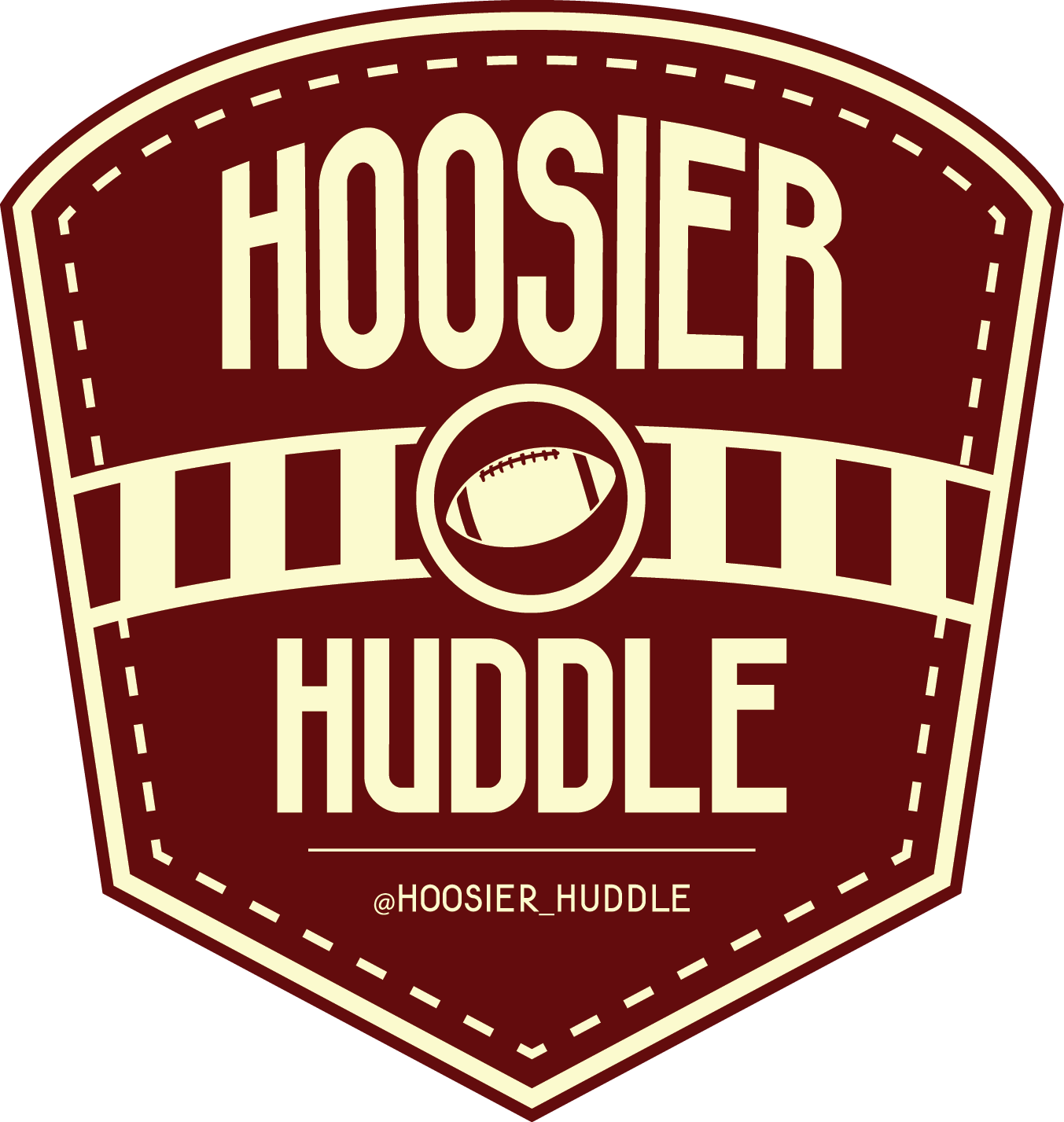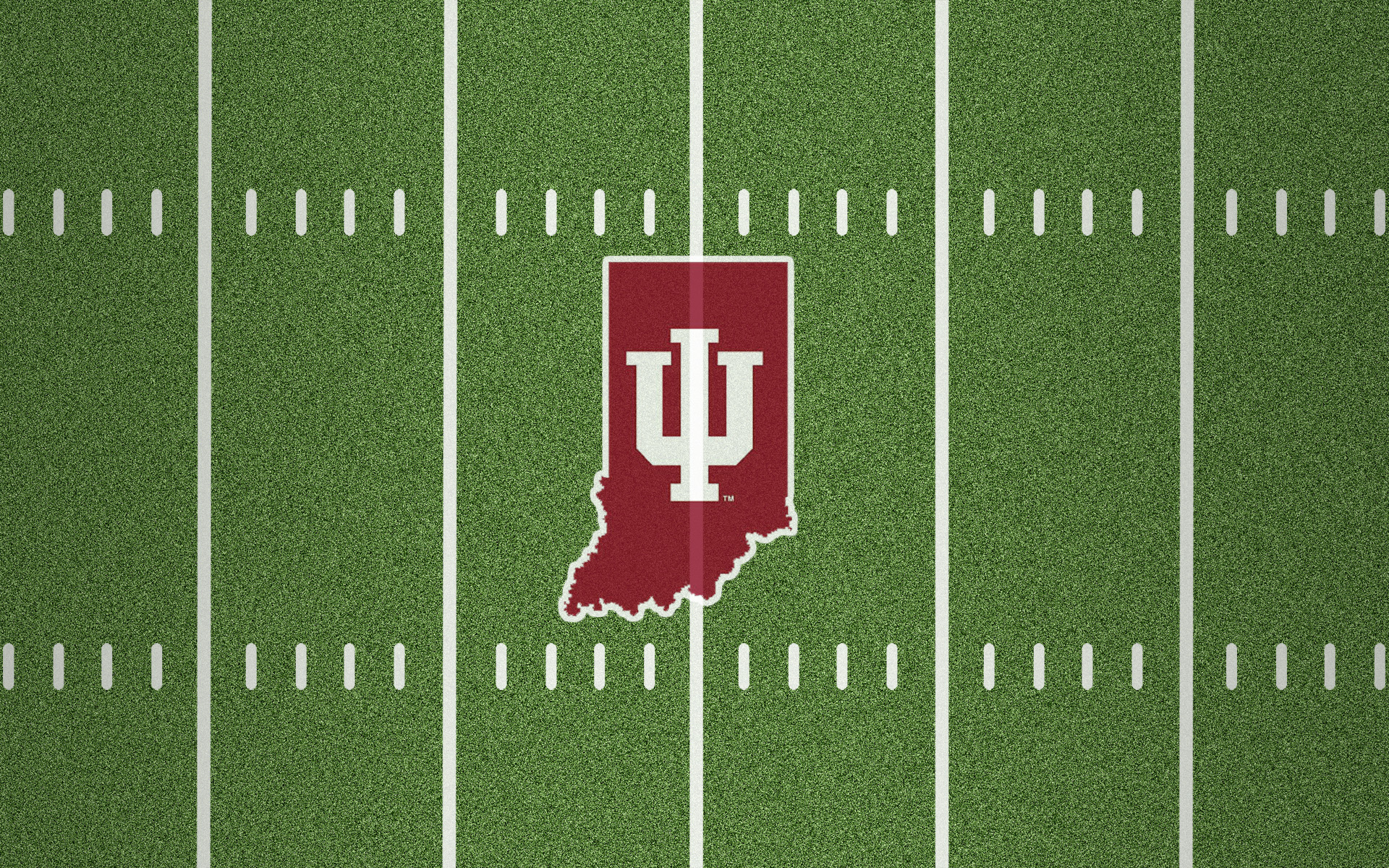What Worked and What Didn’t Against Penn State
/Donavan Hale (6) hauls in a pass. Image: Sammy Jacobs Hoosier Huddle
Written By Nathan Comp
After a letdown on homecoming last week against Iowa, an angry Indiana squad welcomed an equally-angry Penn State Nittany Lions team to town. Unfortunately, the story was the same as Indiana missed too many opportunities and wound up defeated 33-28. We’ll take a look at what worked and what did not in defeat.
What Worked?
Rushing Attack
Throughout the conference season, Indiana has struggled to establish the running game. With Ramsey’s limited downfield potential, opposing defenses were able to stack the box and shut down both the run and the passing game. This changed yesterday, as the Indiana offensive line handled the Penn State front seven, allowing true freshmen Stevie Scott and Ronnie Walker to have big games. Scott finished the contest with 138 yards on 26 carries with 2 scores. He averaged 5.3 yards per carry and was able to set up the Indiana offense with manageable late down-and-distance situations the whole day. Walker also saw action for the fifth time this season, tallying 38 yards on 4 carries, including a 30-yard scamper for a touchdown. The strong rushing attack will have to continue through the rest of the conference slate for Indiana to reach bowl eligibility.
Limiting Trace McSorley’s Arm
After Dwayne Haskins and Nate Stanley torched the Indiana defense through the air for 6 touchdowns each, many feared Trace McSorley would have a familiar field day against the secondary. Instead, Indiana’s pass defense rose to the challenge and kept McSorley uncomfortable throughout the day. He finished having completed only just over 50% of his passes, for 220 yards, no touchdowns, and one interception. McSorley was forced to focus on the rushing attack, which he led the team in yards and touchdowns --- but, this meant Miles Sanders rushing attack was slowed.
What Didn’t?
Special Teams
“It makes me want to puke.” This is how Coach Tom Allen described the performance of his special team units this week. Whether it was the poor kick coverage in the third quarter, which Penn State returned to Indiana’s 5-yard line and scored just one play later on a Trace McSorley run, or the fumbled punt return by J-Shun Harris, also eventually leading to a Trace McSorley game-winning touchdown run, the performance was all around poor. Indiana needed to get the small things correct, starting with their special teams, and they were unable to do so in a game in which the offense and defense played well enough to win.
4th Quarter Attendance
It was cold. It was windy. But in a game against a ranked member of the elite of the Big Ten East, this should be no excuse. There were 40 seconds left on the clock and Indiana trailed by just 5, with the ball and a timeout. It is easy for fans to say, “same story, different week.” But with a team that is desperately trying to breakthrough, all hands should be on deck in terms of fan support. Instead, Memorial Stadium looked like this:
Credit: Twitter @awireman
And don’t think players didn’t notice, because they did, as expressed by tight end Austin Dorris after the game:
It’s unacceptable, and juxtaposed with Purdue’s sellout crowd in a game that was only colder and windier, simply not good enough.




